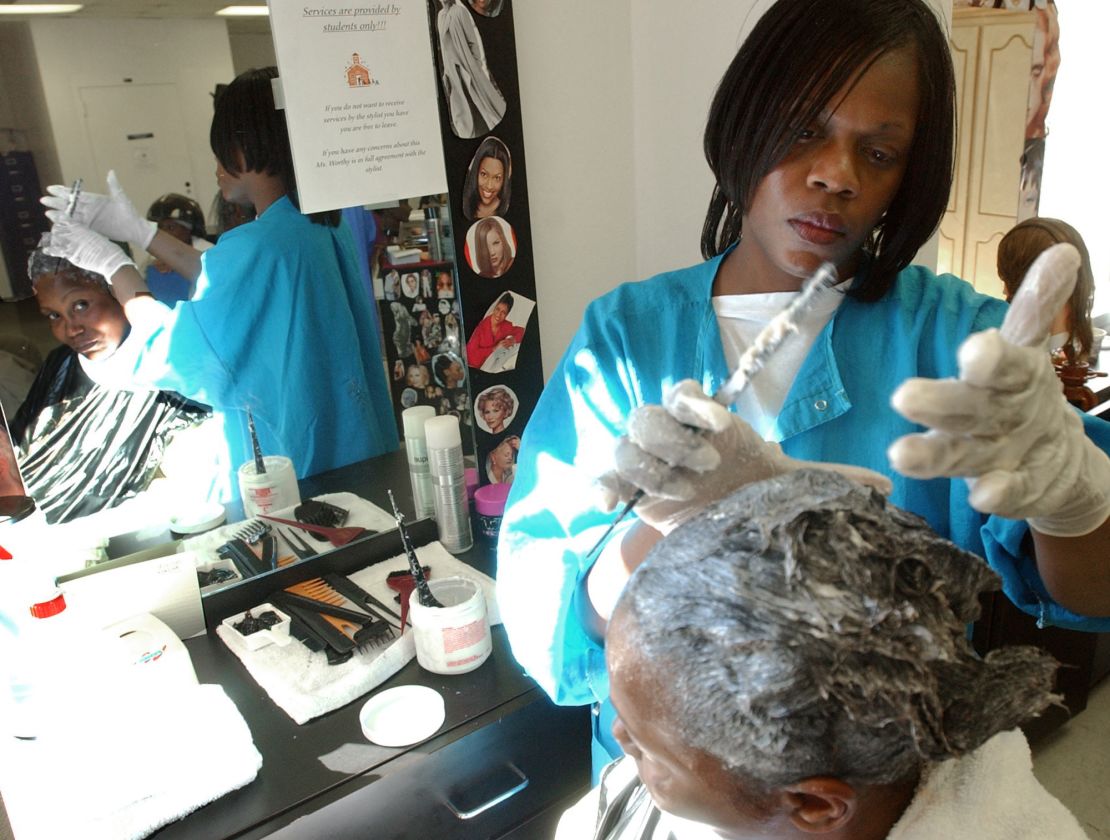By: Elizabeth Byrd, Turner Austin, Sophia Zimmerman, and Harlowe Meyer
From 1983 to 2015, there was a 152% increase in the total number of people locked up in Louisiana prisons, according to the Vera Institute. Louisiana has a recidivism rate of 35.1%, meaning that the system is largely unsuccessful for at least one-third of the people cycled through it. This system is what we, as Americans, deem as justice. It does not help the people sentenced to it, but simply pushes them through, often leaving them worse off. This is especially true regarding women, as they receive significantly less access to helpful resources as compared to incarcerated men. The solution to this problem is widely debated. Still, we know a good step forward is rehabilitative programs that can support the incarcerated and provide them with the resources they need to succeed when they get out.

Louisiana has the highest incarceration rate out of any state in the U.S., and most jails and prisons are incentivized to hold as many prisoners as possible while providing the fewest number of services and programs they can. The majority of people convicted of a felony in Louisiana are held in Parish prisons, and local sheriffs are paid $25 a day for each person they arrest. This means that, in order to maximize profit, beneficial rehabilitation services are often not provided.
Angola, the largest maximum security prison in the United States, is located in the middle of Louisiana. Many state prisons, including Angola, sell agricultural work as rehabilitative and something that will increase success rates of prisoner reintegration into society. However, this practice is extremely dangerous and harmful to those incarcerated. Prisoners in Angola are paid $0.02 per hour while working in the blistering heat, often without access to clean water or sunscreen. These “rehabilitative” programs seen so often throughout Louisiana and the South are implemented for those who benefit from free labor. Many states, including Louisiana, are severely lacking in programs that will actually help the incarcerated population hone their skills, continue their education, and improve their confidence and sense of worth.
Instead of labor, a less popular but necessary rehabilitation program includes beauty schools and access to self-care supplies in prisons. Throughout history, spanning back to the early 1920s, women in prison attempted to make homemade cosmetics using whatever they could find, such as food and markers. Additionally, research shows that allowing inmates to use cosmetics can reduce violence since taking care of their appearance boosts their self-esteem. Inmates who feel better about themselves also reintegrate into society more successfully after their release. Many people who work on prison reform see the benefits of giving inmates access to cosmetics, even without the research data. 
The Taycheedah Correctional Institution in Wisconsin accurately depicts the strong correlation between cosmetology and confidence and how beauty can be a conduit to show inmates that they can hold their heads high once again. These prison salons are run by inmates who are in the process of getting their certifications as cosmetologists and offer services from nails to makeup, hair cuts, hair color, and eyelash extensions. By virtue, these programs aid in the rehabilitation aspect of prison, giving them something positive to look forward to. Despite having the highest incarceration rates in the United States and tens of thousands of female inmates, Louisiana heavily lacks self-care and rehabilitation services like these. Prisons also tend to have fewer programs for women, and factually women have a way more difficult time in prison in general. Implementing beauty salon programs similar to the one in Wisconsin would give female inmates a chance to distract their minds from the struggles in prison, but give them a newfound sense of hope and security.
In addition to beauty schools, another program the United States offers to inmates so they can adequately use their time is educational programs. Many people who get incarcerated often lack an education before going to prison. The people in prison who take advantage of educational opportunities while incarcerated position themselves to live better lives once they are released. According to an article from Criminon, contributors in prison education programs have a 43% lower chance of resuming criminal activity after being released. Also, employment rates for convicted people who join the educational programs while incarcerated are 13% greater than those who don’t. Prison education services offer fundamental advantages, even to inmates serving longer times or life sentences.
This piece is part of an on-going series from professor Betsy Weiss’s class, “Punishment and Redemption in the Prison Industrial Complex,” which is taught at Tulane University in the Young Public Scholars Pre-College Program.
 NOLAbeings
Multimedia artist Claire Bangser created NOLAbeings as a portrait-based story project that marries...
NOLAbeings
Multimedia artist Claire Bangser created NOLAbeings as a portrait-based story project that marries...
 Data corner: Adobe Suite (create a PDF, social media graphic, presentation, edit a photo and video
Data corner is where you go to work with analytics and top tech skills. It takes on everything from PERL and SQL to Canva and Sprout Social.
Data corner: Adobe Suite (create a PDF, social media graphic, presentation, edit a photo and video
Data corner is where you go to work with analytics and top tech skills. It takes on everything from PERL and SQL to Canva and Sprout Social.

Thank you for sharing this valuable knowledge; I think it will help everyone. Play game hollow knight free.
One minute I’m grooving to the music, the next I’m a confetti explosion—thanks for the mood swing, Geometry Dash!